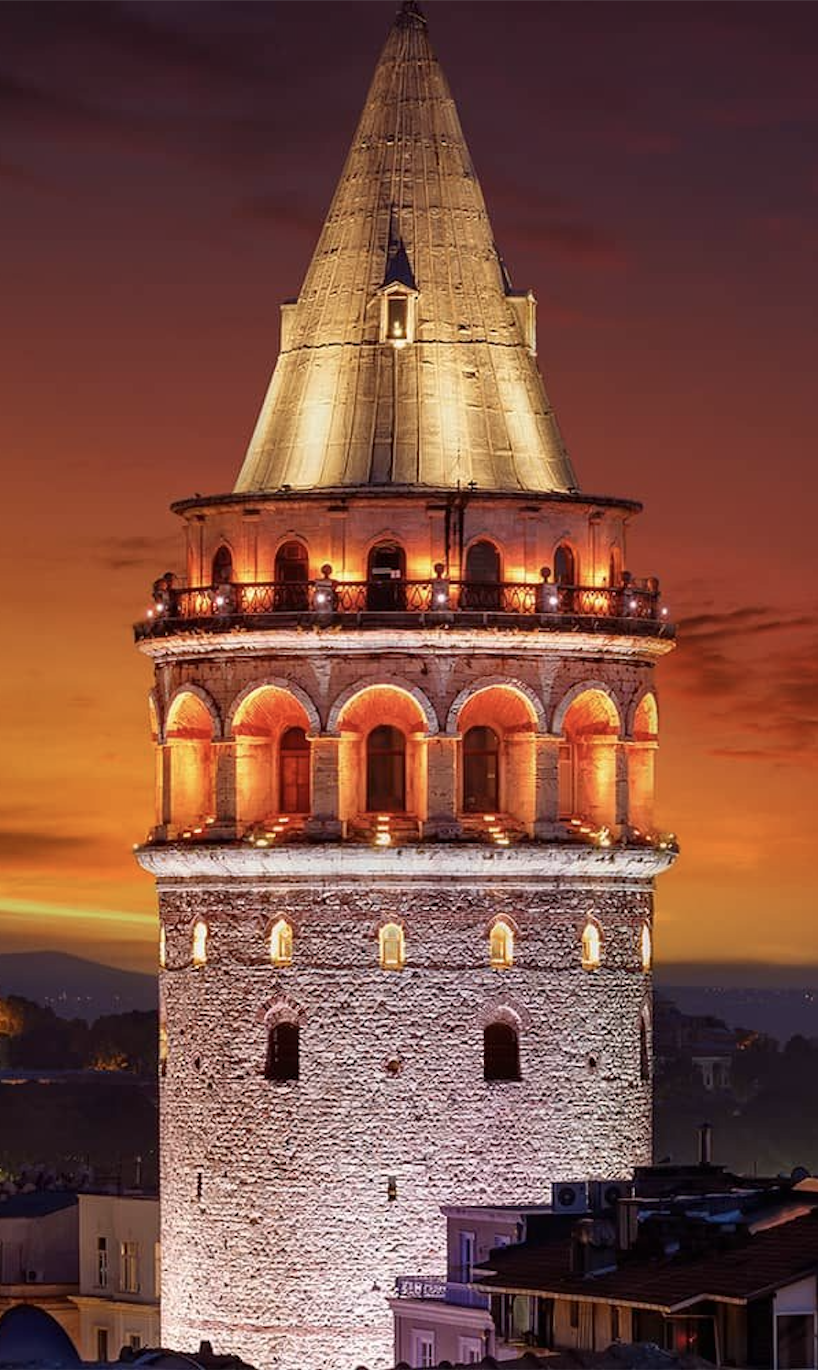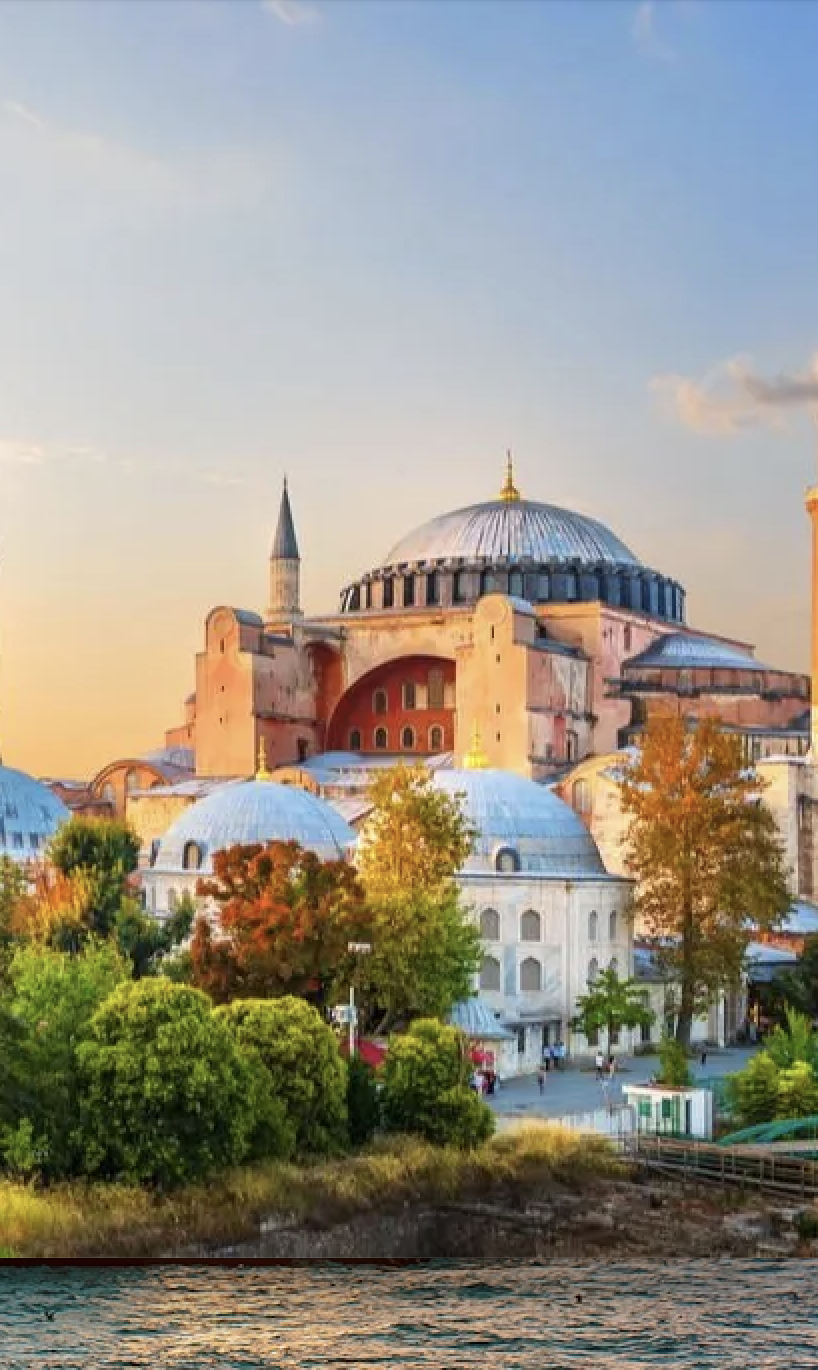The Odeon of Ephesus: A Cultural Gem of the Ancient City
Nestled within the ancient city of Ephesus, the Odeon is a small but significant structure that offers a glimpse into the cultural and social life of its residents. Built in the 2nd century AD, this semi-circular theatre was used for musical performances, council meetings, and public gatherings. With its intimate setting and historical importance, the Odeon is a must-see for visitors exploring the rich heritage of Ephesus.
History of the Odeon
The Odeon was constructed around 150 AD by Publius Vedius Antoninus, a wealthy citizen of Ephesus, and his wife Flavia Papiana. It was built as a gift to the city and served multiple purposes, including hosting musical performances (hence the name “Odeon,” derived from the Greek word for “singing place”) and meetings of the Bouleuterion (city council).
The Odeon was designed to accommodate approximately 1,500 spectators, making it a smaller and more intimate venue compared to the nearby Great Theatre. Over the centuries, it underwent several renovations and continued to be used until the decline of Ephesus in the 7th century AD.
Architectural Features
The Odeon is a fine example of Roman theatre architecture, blending functionality with aesthetic appeal. Here are some of its most notable features:
-
Semi-Circular Design: The Odeon’s seating area (cavea) is arranged in a semi-circle, typical of Roman theatres. It is divided into two sections: the lower seats for dignitaries and the upper seats for the general public.
-
Orchestra: The semi-circular orchestra area in front of the stage was used for performances and ceremonies. It was originally paved with marble.
-
Stage Building (Skene): The stage building, though largely in ruins, once featured columns, statues, and decorative elements. It provided a backdrop for performances and housed dressing rooms for performers.
-
Roof: Unlike open-air theatres, the Odeon was originally covered with a wooden roof, making it suitable for use in all weather conditions.
-
Acoustics: The Odeon’s design ensures excellent acoustics, allowing even those in the highest seats to hear performances clearly.
What Makes the Odeon Special?
-
Cultural Significance: The Odeon was a center of cultural and intellectual life in Ephesus, hosting musical performances, poetry readings, and council meetings.
-
Architectural Beauty: Its semi-circular design and intimate setting make it a charming and picturesque structure.
-
Historical Connection: The Odeon reflects the civic pride and generosity of Ephesus’ wealthy citizens, who contributed to the city’s cultural and political life.
Visiting the Odeon
-
Location: The Odeon is located in the Upper City of Ephesus, near the State Agora and the Prytaneion (town hall). It is easily accessible from Curetes Street, one of the main thoroughfares of the ancient city.
-
Best Time to Visit: Early morning or late afternoon is ideal to avoid crowds and enjoy the Odeon in a more peaceful setting.
-
Guided Tours: Consider hiring a guide or using an audio guide to learn about the Odeon’s history, architecture, and significance.
-
Photography: The Odeon’s intimate setting and well-preserved structure make it a great spot for photography. Don’t forget your camera!
-
Nearby Attractions: Combine your visit with a trip to other nearby landmarks, such as the Temple of Hadrian, the Terrace Houses, and the Library of Celsus.
Why Should You Visit the Odeon?
-
A Window into Ancient Culture: The Odeon offers a unique opportunity to imagine the cultural and social life of ancient Ephesians.
-
Architectural Charm: Its intimate design and excellent acoustics make it a fascinating example of Roman theatre architecture.
-
A Hidden Gem: While smaller than the Great Theatre, the Odeon is a quieter and equally captivating site that often gets overlooked by visitors.
For travelers visiting Ephesus, the Odeon is a hidden gem that captures the cultural and civic spirit of the ancient city. Don’t miss the chance to explore this charming structure and immerse yourself in the timeless legacy of Ephesus. 🌍✨
Itinerary in detail
Every Laka trip is tailored to your personal preferences and interests.
Below you’ll find a sample itinerary to inspire your own custom-designed journey.
Need more inspiration?

istanbul Walks
01

İstanbul Offer
02

İstanbul The Old City
03

